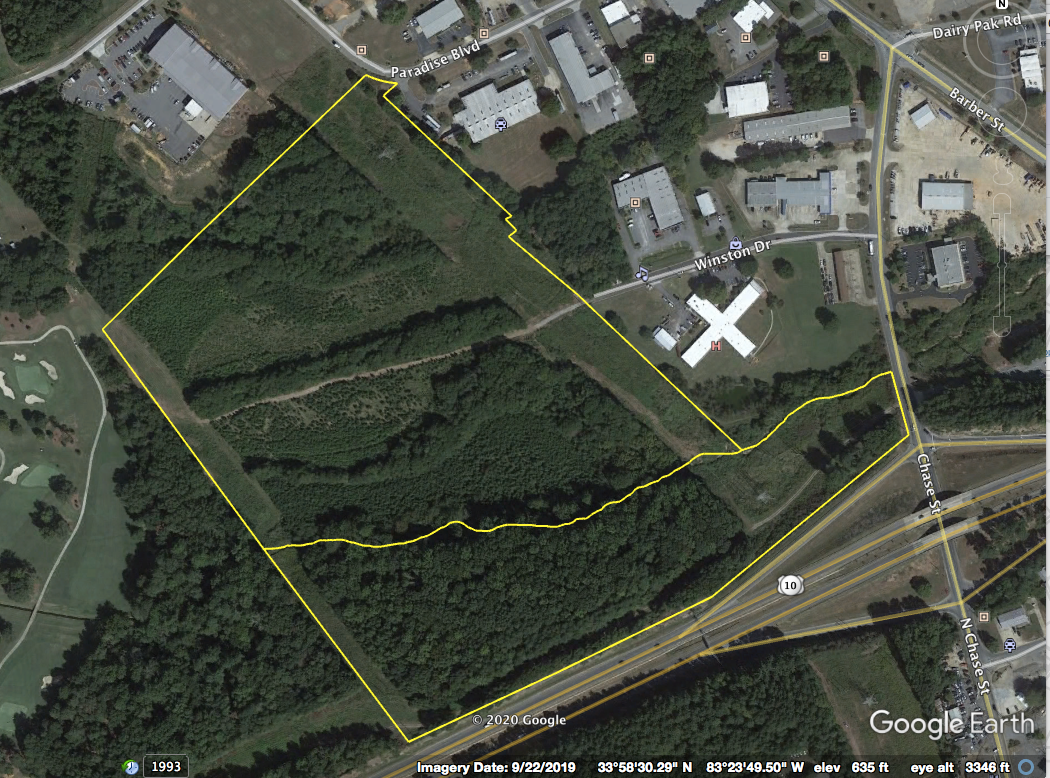Chase Preserve Map
Hover over the map and click to discover the plants around the preserve!
**While on the land, please DO NOT HARVEST wild plants without express permission from the landowners. Harvesting wild plants without permission could result in overharvesting the natural plant community of our camp and disrupt the ecosystem. Thank you for your cooperation!**

Painted Buckeye
- Scientific Name: Aesculus sylvatica
- Painted Buckeye is a species of shrub, commonly found in forests and along stream banks with yellow or red flowers.
- Fun fact: painted buckeye is poisonous, and so are its seeds!
Crawdad Castles
- Crayfish
- Scientific Name: Paranephrops planifrons
- Crayfish are freshwater crustaceans that resemble small lobsters.
- Fun fact: crayfish can be blue, white, yellow, or even green!
Trillium
- Scientific Name: Trillium Cernuum
- Trillium is a flowering plant species native to North America and Asia.
- Fun fact: sometimes trillium has what’s called “four-fold symmetry:” four leaves, four sepals, and four petals in the blossom!
Bloodroot
- Scientific Name: Sanguinaria Canadensis
- Bloodroot is a herbaceous flowering plant native to North America, variable in leaf and flower shape.
- Fun fact: bloodroot is also known as bloodwort, redroot, and black paste!
Mesic Forest
- Partridgeberry
- Scientific Name: Mitchella repens
- Partridgeberry is a woody shrub with shiny, dark green leaves.
- Fun fact: the species name, “repens,” means “creeping!"
Wetland
- Common Cattail
- Scientific name: Typha latifolia
- Cattail is a perennial plant native to all of the United States except for Hawaii, where it is considered an invasive species.
- Fun fact: cattail is diverse and resilient, and can be found at elevations from as low as sea level to as high as 7,500 feet!
Rivercane
- Scientific Name: Arundinaria gigante
- Rivercane is a species of bamboo that grows in the south-central and southeastern United States.
- Fun fact: rivercane is a source of food for multiple animals, including southern pearly eye butterflies and Kentucky warbler birds!
